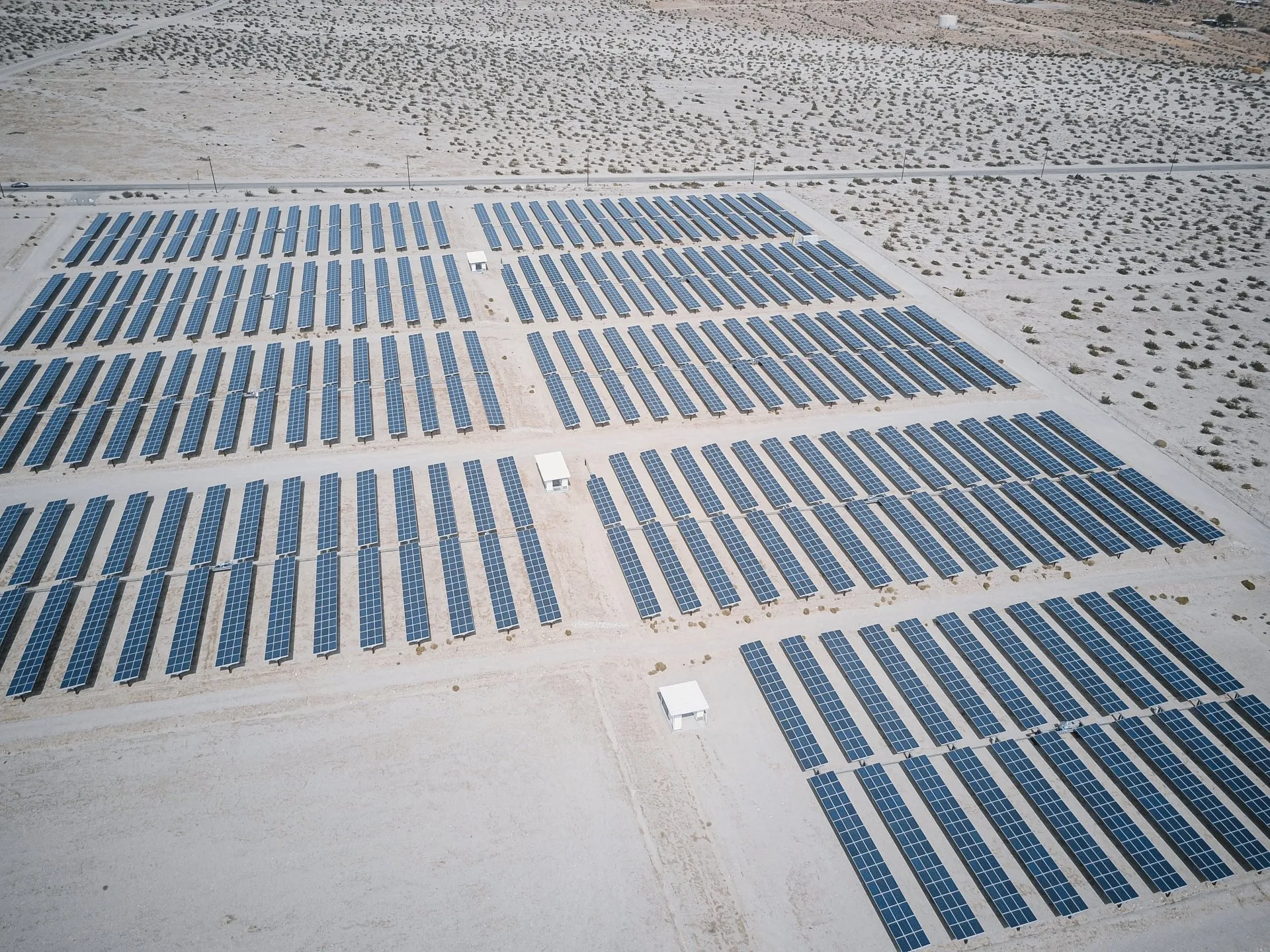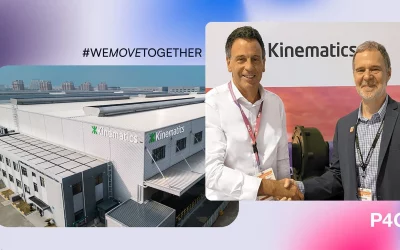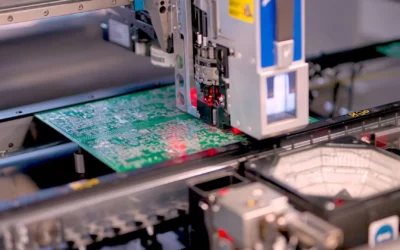Sustainable energy sources have become one of the most important sources in the world. Solar Energy is the fastest-growing type of renewable energy, and it is considered an infinite resource that could aid in bridging the fossil fuel gap.
Some advantages of Solar Energy include:
- Inexhaustible source of energy
- Does not produce noise pollution
- Wide availability
One of the greatest advantages of solar energy is that its facilities do not pollute the atmosphere or produce greenhouse gases; In addition, it enables for different sizes and types of power plants to supply both domestic and industrial needs.
Find out in the following infographic what types of solar power plants exist and determine which is the best for your needs.
What type of solar power plants exist?
1. Photovoltaic plants

What is it? A system that converts light from the sun into voltaic energy using solar panels
A photovoltaic plant consists of solar photovoltaic modules in arrays, tracking or mounting systems, inverters, transformers, and it is designed to supply power into the electricity grid. For PV plants, photovoltaic cells it is preferred choice of panels since it enables for the solar energy captured to be stored into batteries. As the sunlight is captured into the solar panels, electrons are harnessed in the form of an electric current which is used to supply electricity at utility level.
By mounting the PV panels in a structure, enables to have them oriented in the correct angle and direction to maximize energy capture.
Mounted structures can consist of a fixed system or a tracking system. Tacking systems tend to be more complex, although in regions with higher accessible direct radiation, they are a cost-effective solution.
Advantages: They do not have moving or break-prone parts and can expand with simple modifications.
Some considerations for your PV project:
- Concept, Site Identification, and project bankability
- Pre-Feasibility Study: Permits, investment requirements, surrounding environment, energy yield estimation
- Feasibility study: detailed site plan, Layout and shading, environmental characteristics, grid connection, technological assessment, system selection (e.g. Tracking system) complete energy yield assessment
- Permits and licensing approvals, financial securing of PV project, contract negotiations e.g. O&M, Insurance, Environmental considerations, supplier selection
- Project schedule, Plant Commissioning plan, Electrical system design and control systems
- Project construction, planning execution and coordination, installation of tracking systems if applicable, electrical design implementation
- Project Commissioning and performance testing
2. Conventional flat solar collector

What is it? It’s a device that serves to harness the energy of solar radiation by transforming it into low-temperature thermal or heat energy.
Conventional flat solar collectors are normally used for small hot water applications in residential buildings, sport centers, swimming pools, etc. for these applications, is a cost-effective solution with relatively less complex installation process, simpler design compared to other hot water heating systems.
Advantages: Its construction is simple and inexpensive; it also has great durability.
3. Vacuum solar collector

What is it? A type of solar panel that takes advantage of solar thermal energy.
This type of solar collector captures solar radiation via a flat metallic absorber plate which is separated into parallel tubes that utilize a vacuum process to harness energy from the sun while it minimizes loss of heat.
Advantages: Reaches a higher temperature.
Vacuum solar collector is very similar to conventional flat solar collectors and more optimized.
4. Thermal solar plants

What is it? A system that uses mirrors or lenses to focus a large amount of sunlight on a small surface.
Two main types:
Parabolic trough collectors
Parabolic-trough solar systems are parabolic-shaped collectors that reflect the incident solar radiation onto a receiver pipe that passes through the focal point on these collectors of the parabola, which moves from east to west throughout the day absorbing the solar energy, resulting in the concentration of the sun´s energy in the pipe, raising the temperature of the fluid circulating inside.
Fresnel reflectors
The operation of the Linear Fresnel reflector (LFR) systems is similar to parabolic trough systems, where the reflectors concentrate sunlight onto a receiver, although the Fresnel reflectors are located much closer to the receiver (shaped like a tube/pipe) located along the collector. The receiver where the sun’s rays are concentrated is higher than the collectors and located above the mirrors.
Due to the materials used and the simplicity of operation, It is considered the most economical option although they have a considerably lower yield compared to the other options.
Advantages: The temperatures reached allow the use of the heated liquid for heating systems and small turbines. They have no mechanical complexity.
5. Solar Power Tower

What is it? Also known as a heliostat power station, it is a type of solar oven that uses a tower to receive concentrated sunlight.
In general terms, a solar power tower plant consists of several subsystems. It utilizes great amounts sun-tracking mirrors (flat) called heliostats, arranged on a filed surface, and are oriented according to the position of the Sun, reflecting, and concentrating the sunlight onto a receiver on the top of the tower.
The resulting thermal energy is then harnessed by a heat-transfer fluid that exchanges heat and transforms it into electrical energy.
Advantages: It is the highest performance heating system and provides greater profitability. Mirror control system is also complex and requires higher investment.






